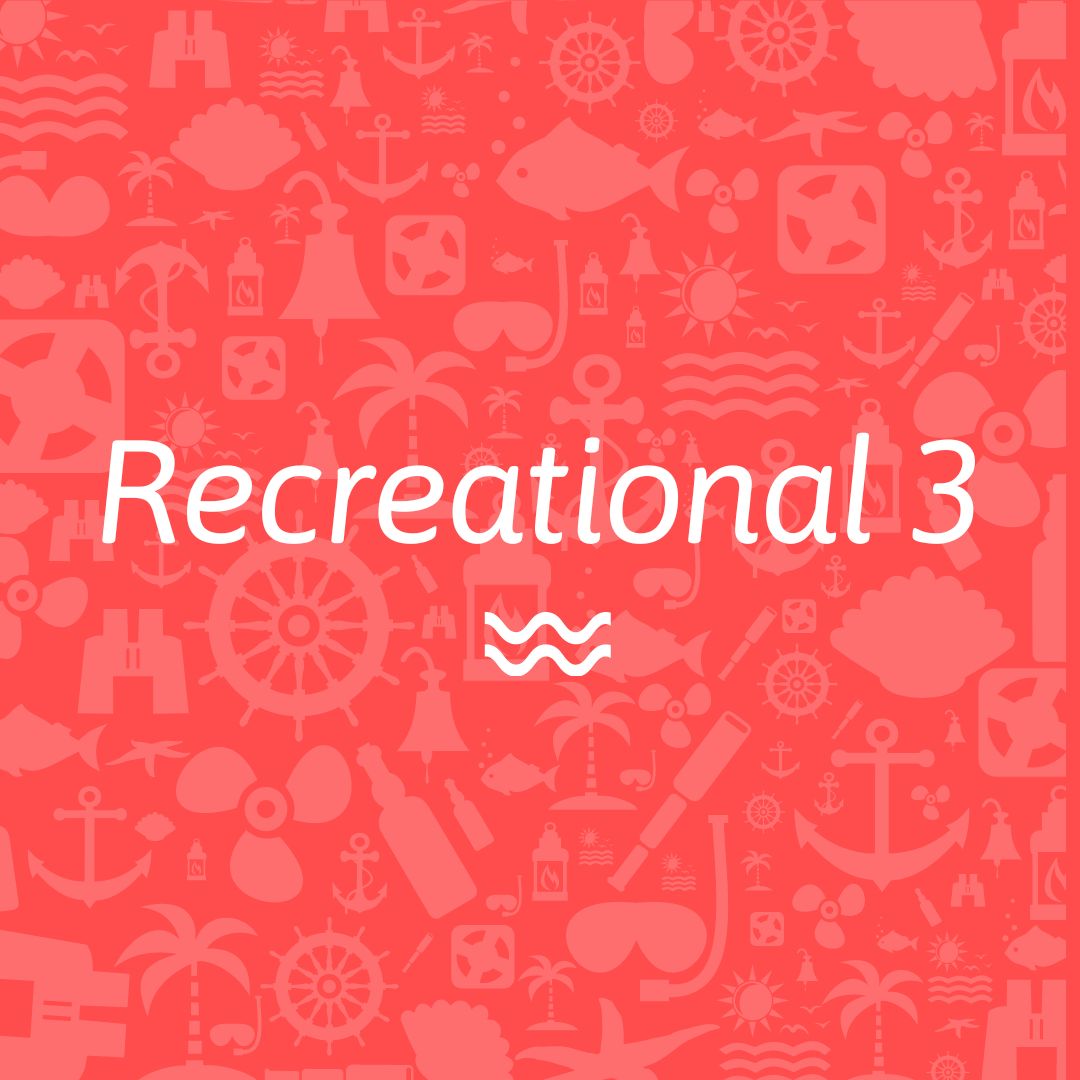Recreational 3
700,00 €
The Rec 3 course prepares the diver for deep recreational diving using specific techniques and helium-based breathing mixtures.
Course duration: 2 days
Description
What you’ll learn
During this course the students will be able to use single or double tanks and will learn to deal with potential failures, to rescue an injured diver, to use Nitrox and Helitrox to increase bottom time. They will learn to use helium to reduce narcosis and post-dive “nitrogen stress”. Decompression techniques and related software will also be addressed.
Includes: course material, certification and dives. Gases are not included.
Duration
It usually takes place over six days, and includes a minimum of 48 hours of lessons including theory, exercises in the pool or in confined water and open water dives.
How it’s done
It is divided into four modules: Rescue & Emergencies Procedures (rescue and emergency), Guideline Mini (critical skills and guideline management), Surveying and Recovery (search and recovery of objects) and Helitrox (use of helium-based mixtures) . The course includes exercises in the pool or in confined water and open water dives up to 39 meters using Helitrox 25/25 as breathing gas.
In-water exercises
The exercises in the water are videotaped so that the students can visually check their behavior. Dives with decompression and in obstructed environments (caves or wrecks) are excluded.
What to expect
This is the most advanced level recreational course (therefore without decompression obligations), which teaches you to dive in teams and “for objectives”, how to look for and recover objects, line a route, rescue an injured person, dive with standard UTD mixes including ‘Helitrox 25/25. The use of helium allows you to experience live how the mixtures containing this gas are of great help in diving beyond 30 metres.
Requirements
- Minimum age 18 years.
- Be in possession of the UTD Recreational 2 certification (Advanced Diver)
- Hold a UTD Nitrox certification or equivalent
- Have made at least 50 dives
- Be able to swim at least 15 meters while holding your breath
- Know how to swim at least 275 meters in less than 14 minutes without stopping
Necessary equipment
- Full rig UTD/DIR style in single tank configuration
- Backmout (rear) or Sidemount (side)
Optional extensions
- Sidemount (if the course was carried out in Backmount configuration)
- Backmount (if the course was carried out in Sidemount configuration)






